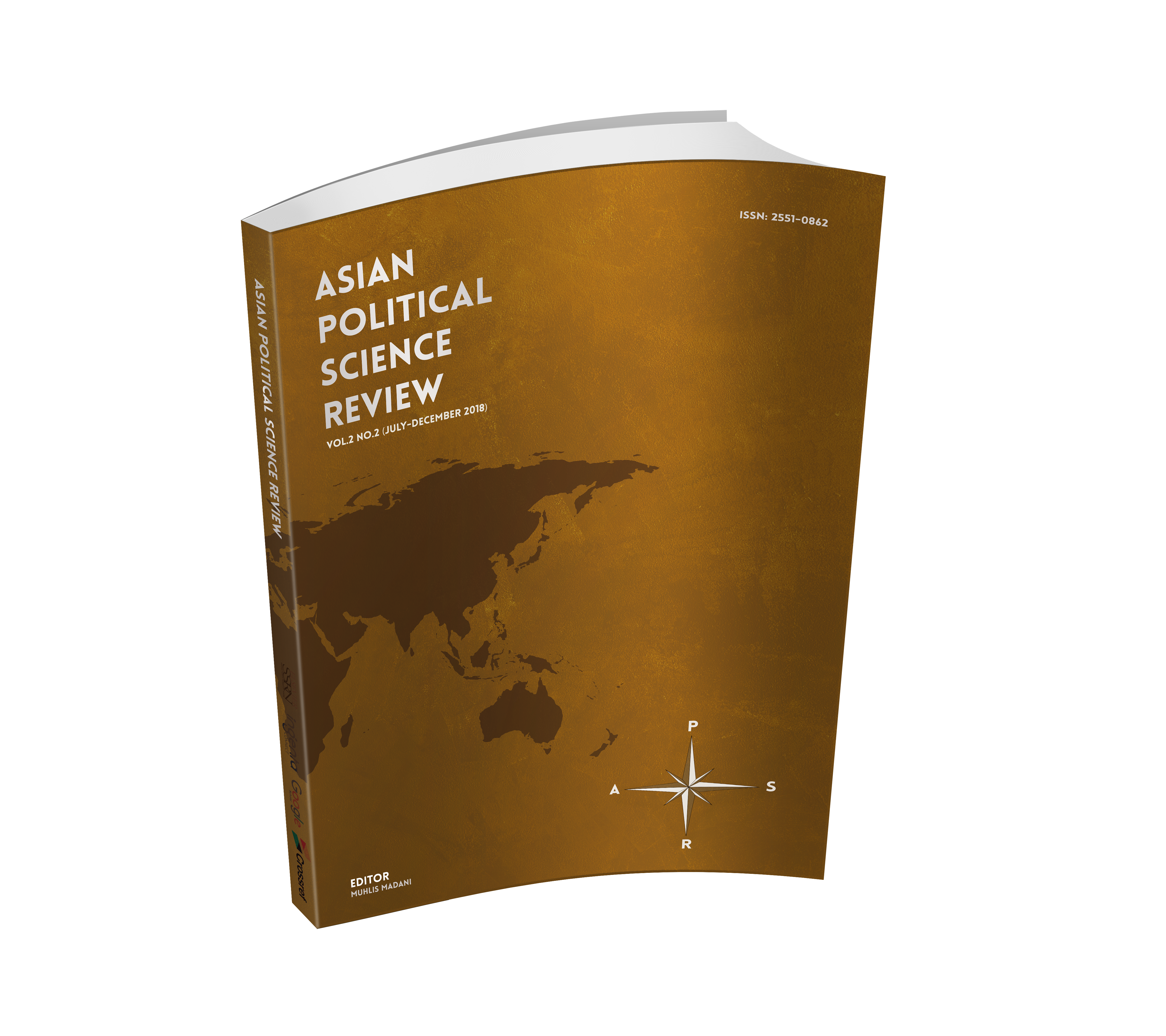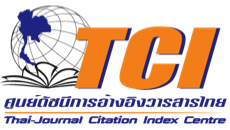Myth of Drug Addictions
Keywords:
Myth, Power, Knowledge, DrugsAbstract
The objectives of this study are to find; 1) the power and knowledge that create the myth of drug addictions, 2) the illusive mythology, and 3) the approaches in which the myth of drug addictions can be dismantled using the critical discourse analysis or CDA. This work reflects the use of language with social context, culture, dimension of power, dominance, ideology on knowledge and social culture. The in-depth interviews were conducted revealing the results of study which are; 1) power and knowledge create the myth of drug addictions through social institute structure such as medical institutes, legal institutes. The knowledge creates the myth of drug addiction in the society and the power in dealing with the drug addicts. 2) For the illusive mythology, in the United States and many other countries, drug addictions are accepted through the definition of addiction in the view of medicine, and 3) for the power to dismantle the myth of drug addictions, the government agencies try their best to eliminate drug problems. However, such effort has created a trap in another aspect. For example, white schools, white factories, drug-free communities are new sets of discourses that aggravate drug use. The power to heal the addiction found in this research is the power of family and community strongly bound with the same direction.












.png)

